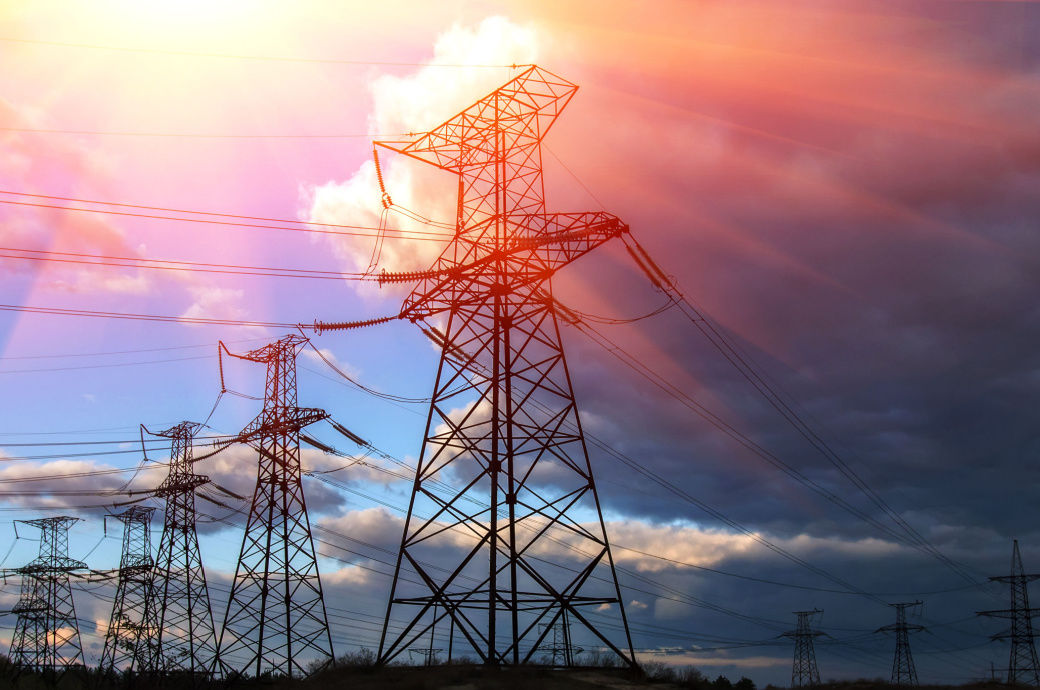
Prices at all electricity trading hubs were higher last year compared with 2021 except in the Electric Reliability Council of Texas (ERCOT).
Four severe weather-related events caused major wholesale electricity price spikes last year: cold temperatures and a winter storm in New England in January; a heatwave in Texas in July; a heatwave in the western United States in early September; and cold weather and winter storms throughout December in the Western Pacific regions, EIA said in a release.
Natural gas price is a significant driver of wholesale electricity prices as the former is often the highest-cost fuel for electricity generation, setting prices for the hours that natural gas-fired generators run.
In January last year, natural gas prices continued an upward trend driven by economic growth in Asia and constraints on pipeline and liquefied natural gas (LNG) exports to Europe from Russia.
High international demand for natural gas increased US LNG exports, causing natural gas prices to rise for domestic customers. Milder temperatures and increased natural gas production lowered both natural gas and electricity prices after the September heatwave through early November 2022. Natural gas prices started to rise again as colder weather began.
In addition to higher natural gas prices and severe weather in 2022, railroad and coal mine labour shortages constrained coal supply and delivery to power plants throughout the summer, limiting utility operators’ ability to switch from relatively expensive natural gas to cheaper coal-fired generation, EIA added.
ALCHEMPro News Desk (DS)
Receive daily prices and market insights straight to your inbox. Subscribe to AlchemPro Weekly!